A Tender Resistance Woven in Hair — Braided Histories, Quiet Futures
In Lithuania, where traditions are passed down through silence, strength, and the softness of ritual, Francesca Allen discovered a visual mythology hiding in plain sight. Her latest photo series, Plaukai, takes its name from the Lithuanian word for “hair,” and explores a local competition that feels less like a beauty contest and more like a cultural incantation.
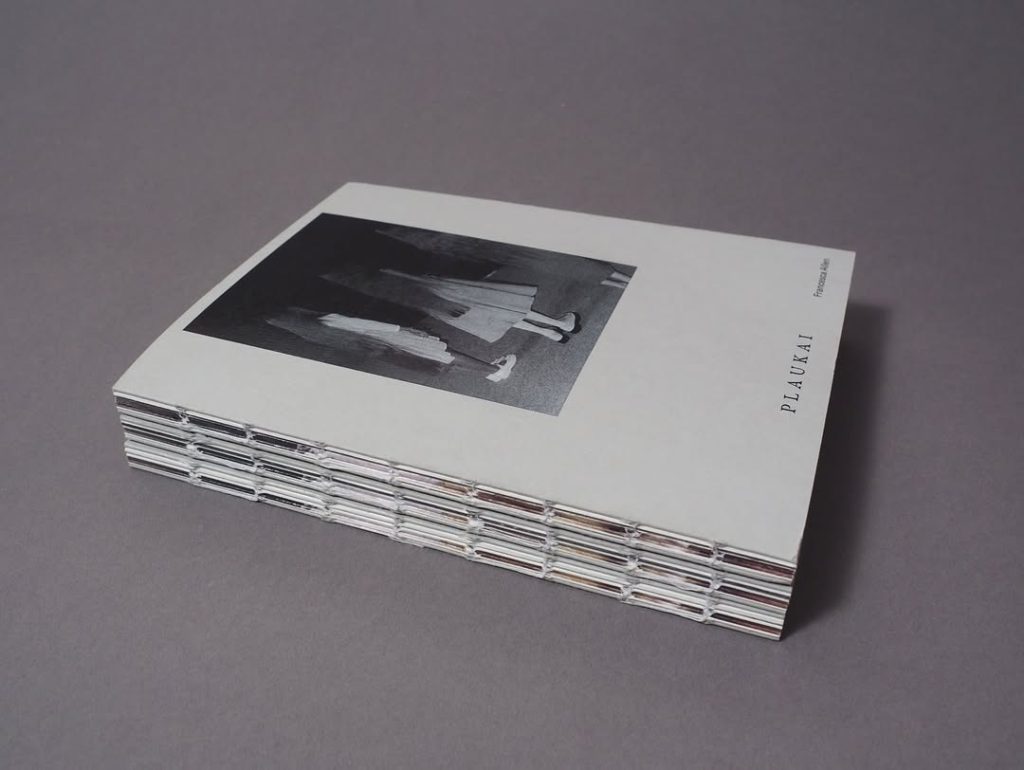
Held annually in a countryside village, the Longest Hair Competition is a celebration of identity, resilience, and feminine endurance. Allen’s lens doesn’t mock or fetishize—it listens. Her portraits are composed with gentleness, echoing the trust shared between photographer and subject. Girls stand barefoot in meadows, their floor-length hair tangled in wildflowers and wind. Grandmothers brush strands with the care of passing down a legacy. Each frame is a conversation between generations, between silence and softness.
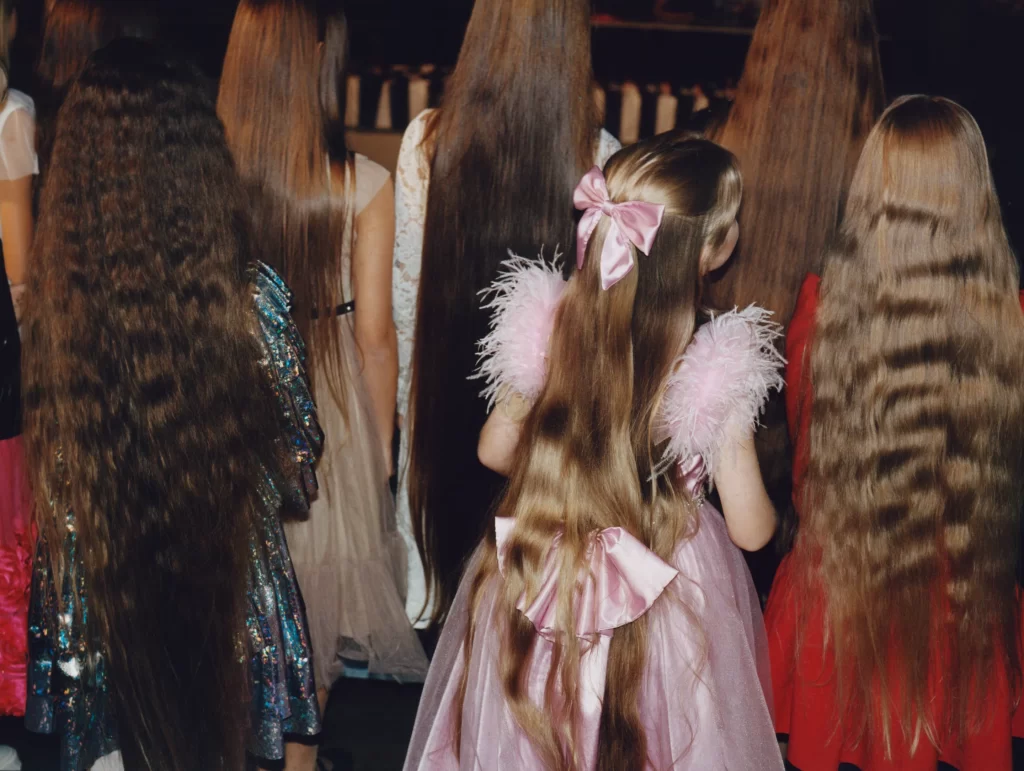
Allen was initially drawn to the competition through archival videos and local whispers. What began as curiosity became communion. Staying with one of the contestants and spending weeks in the area, Allen immersed herself in the lives behind the locks. Her images strip away the novelty of long hair to reveal something deeper—hair as memory, as myth, as rebellion against time.
The series dances on the edge of documentary and dream. One shot captures a woman with hair grazing the floorboards of a wooden house, her expression somewhere between pride and shyness. In another, sisters braid each other’s hair in a kitchen glowing with late afternoon sun. These are not just aesthetic moments—they’re glimpses of a lineage that doesn’t ask to be seen, but remembered.
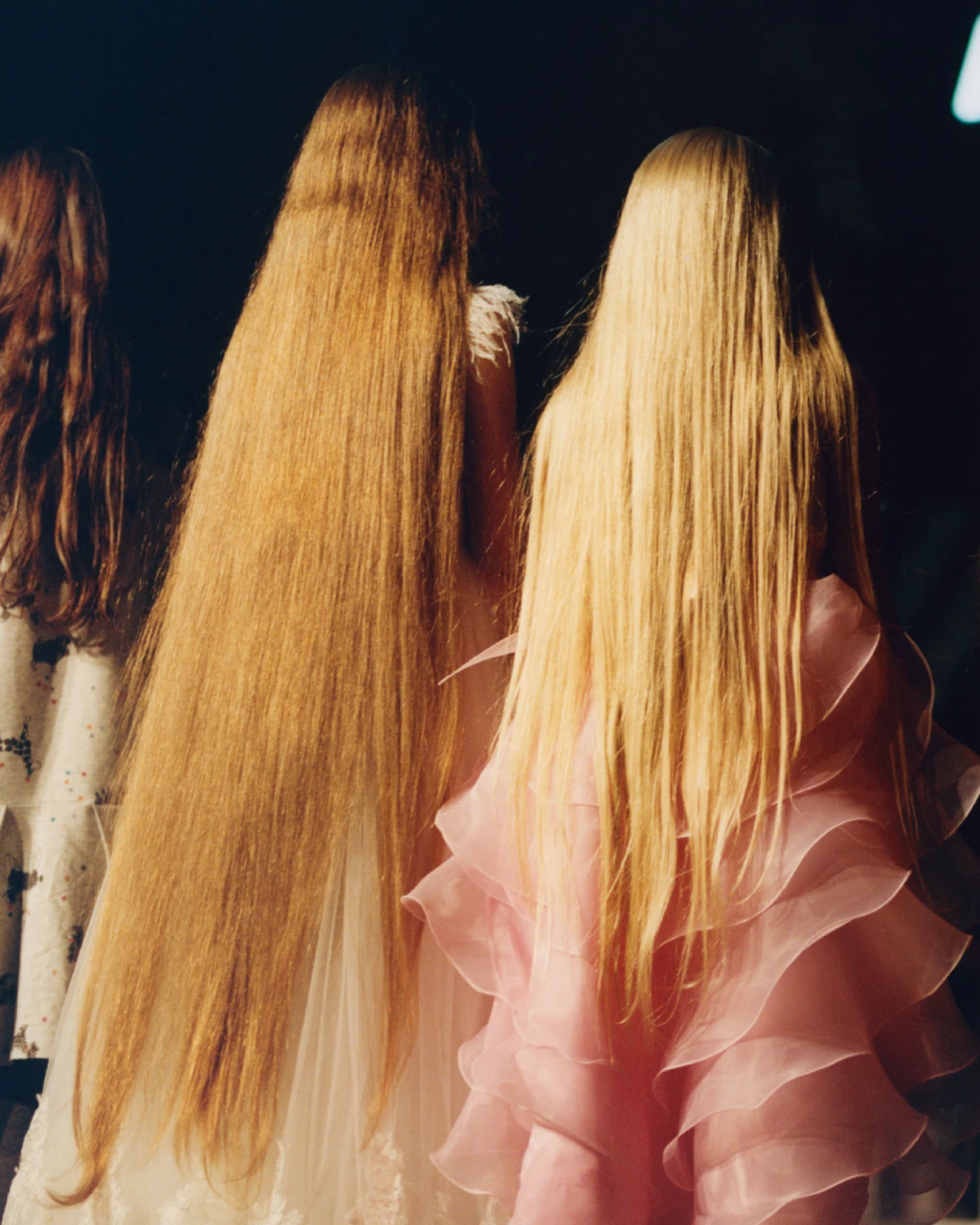
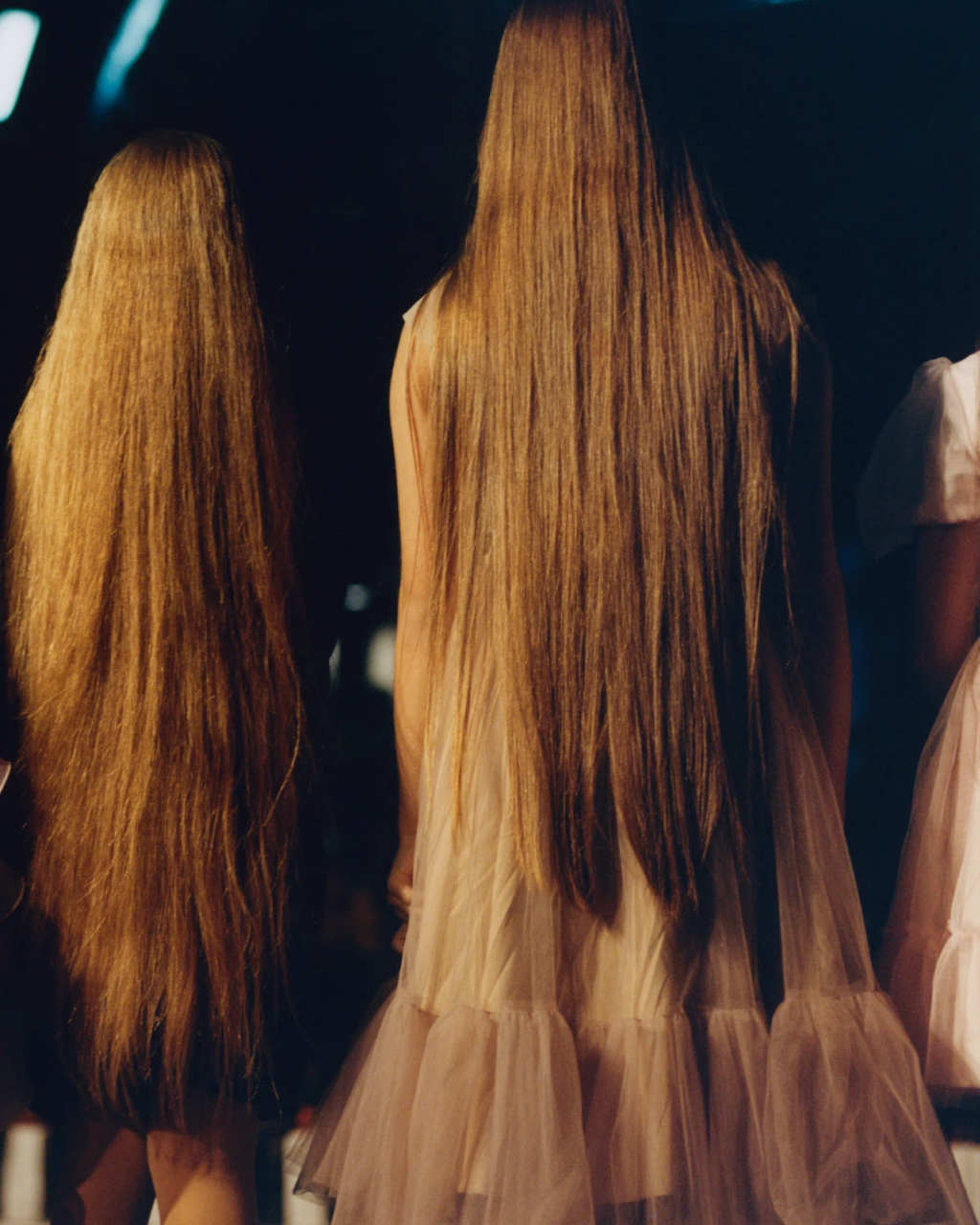
Allen’s work doesn’t provide answers or conclusions. It gives us texture, rhythm, and a sense of slowness in a world that favours speed. In Plaukai, long hair isn’t a spectacle—it’s a story still being told, one strand at a time.
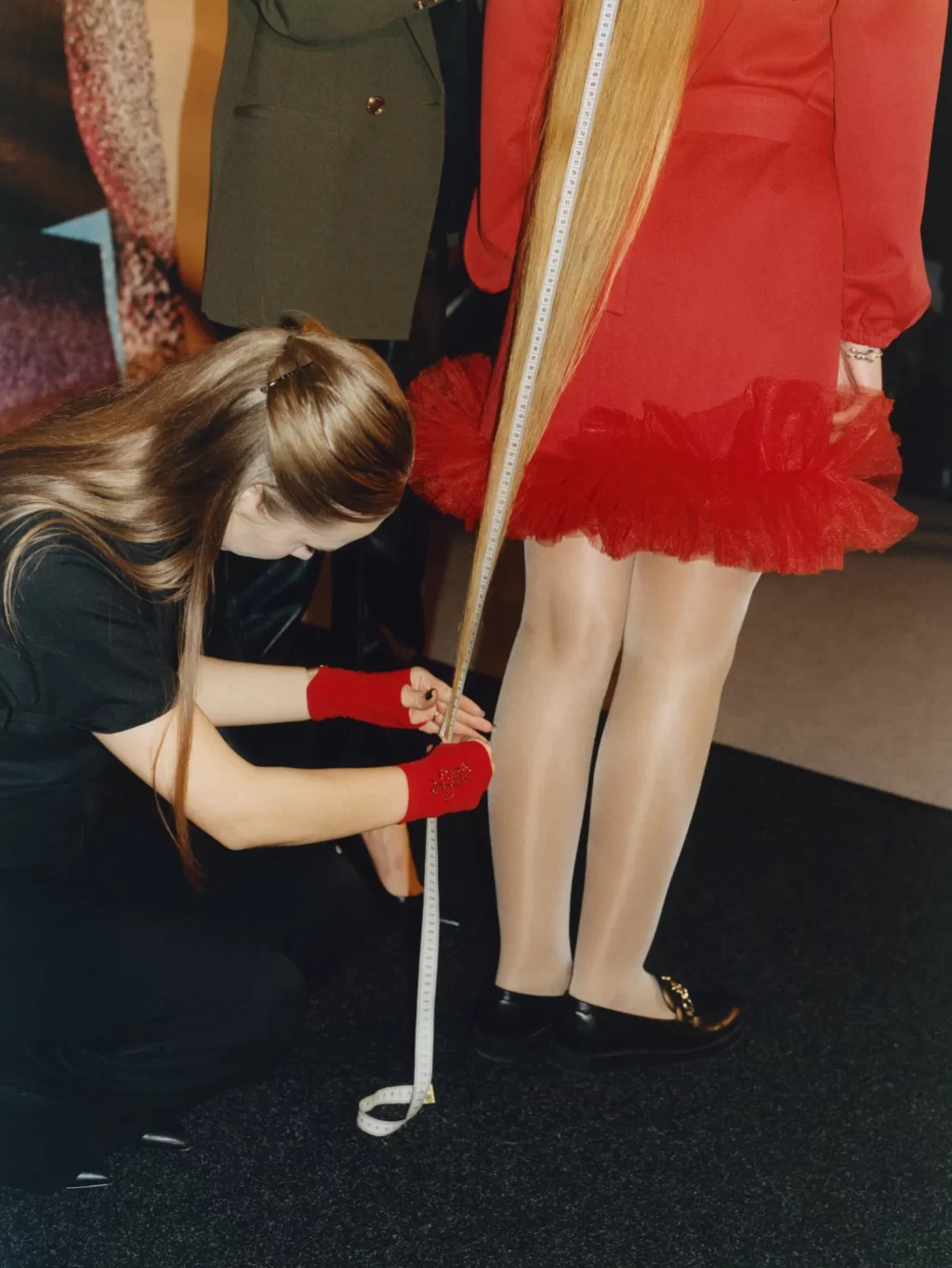
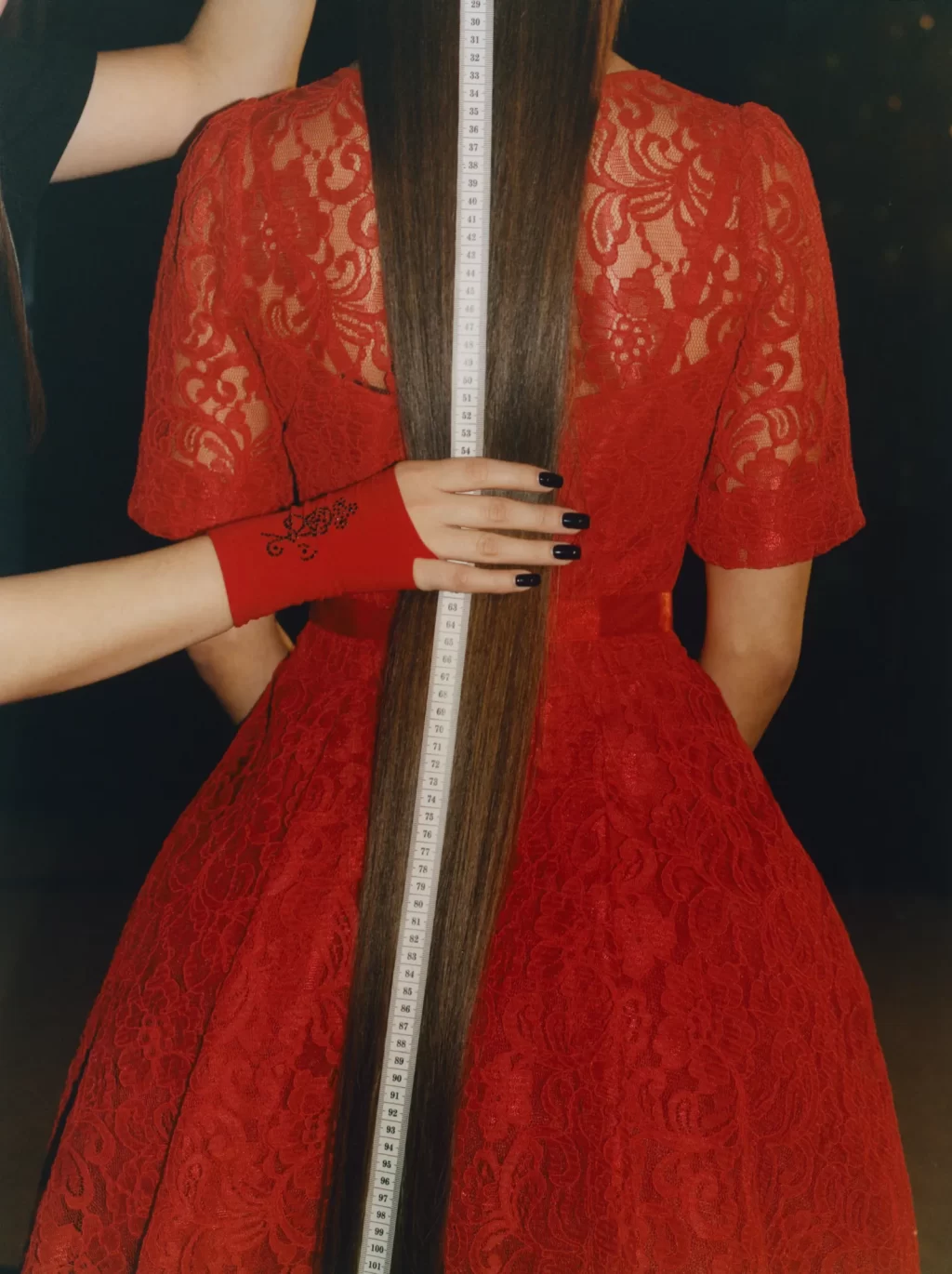
In an era saturated with digital filters and fleeting trends, Plaukai offers something radically intimate. It’s not about documenting difference, but dwelling inside it. Allen’s images are slow, intentional, and full of grace—reminding us that sometimes the most powerful forms of resistance are the quietest. Through the tangle of hair, we’re invited into a shared memory that spans generations, rituals, and geographies. The result is not just a photo series, but a living archive of care.